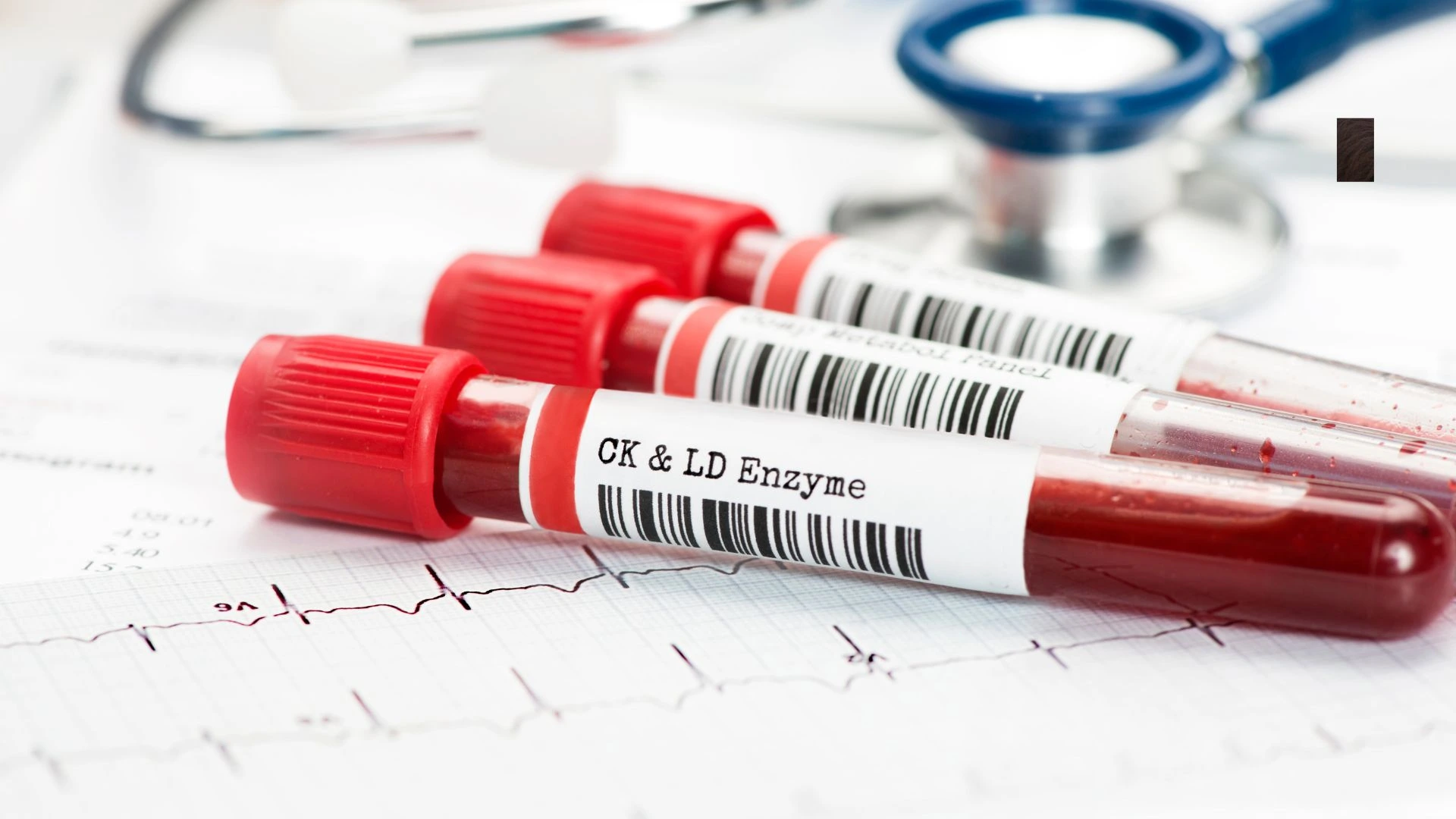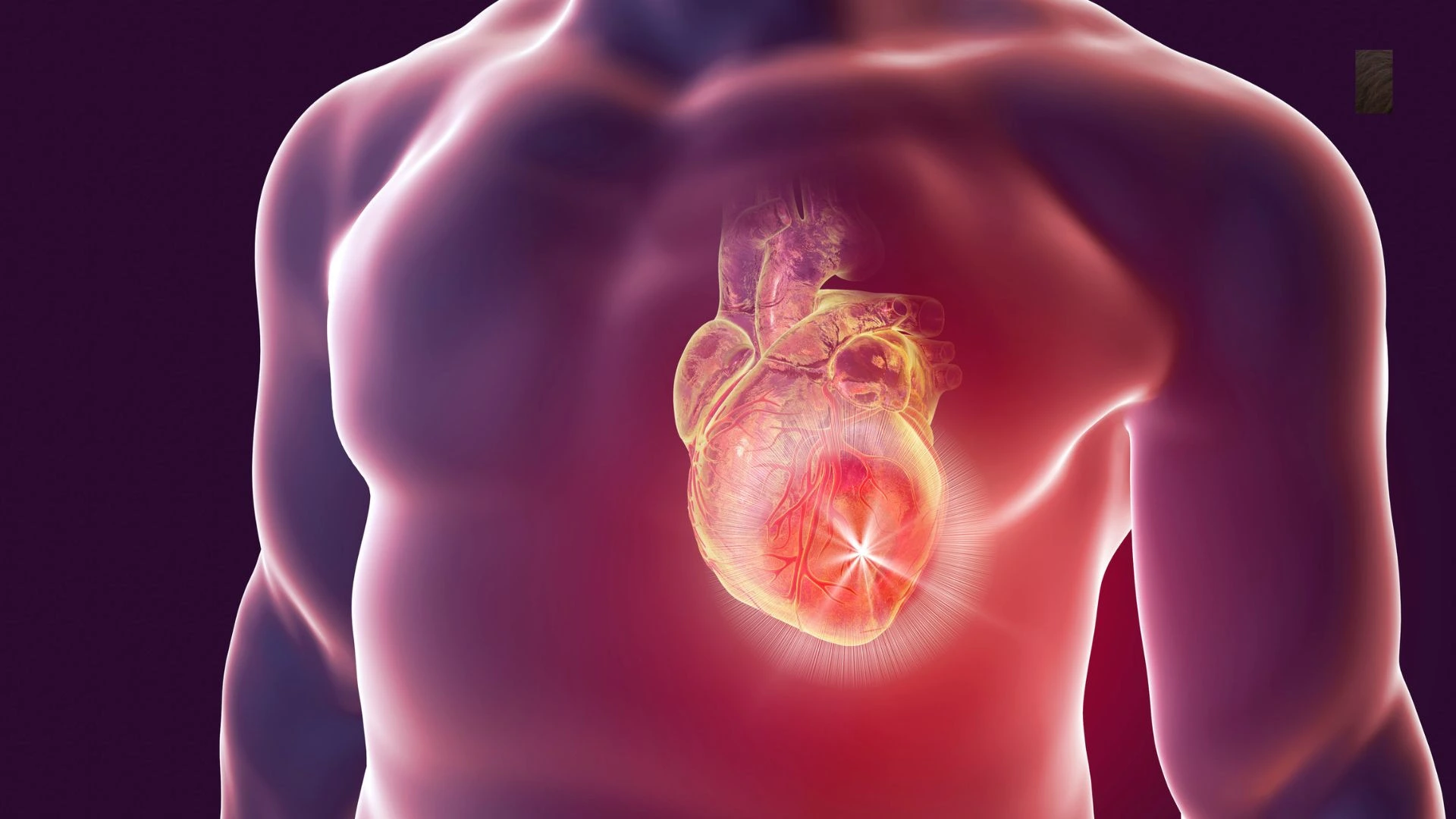Sickle cell disease is a group of inherited red blood cell disorders that affect the hemoglobin in red blood cells. The most severe and well-known type of sickle cell disease is sickle cell anemia. People living with sickle cell disease produce abnormally shaped red blood cells that can lead to various complications, including severe pain, infections, and organ damage. Sickle cell disease is relatively common in the populations of African, Caribbean, Middle Eastern, and Mediterranean descent. While it is a lifelong disease, its symptoms can be controlled with proper treatment and, with medical care, many people live well into adulthood.
In this article, we will discuss the symptoms, causes, diagnosis, treatment, and living with sickle cell disease, as well as the consequences it has on families and within the community. We’ll analyze screening and testing methods found to detect the disease, the prognosis for patients with sickle cell disease, and the role of sickle cell carriers.
What is Sickle Cell Disease?
It is an inherited disease in which the body produces abnormal hemoglobin, a protein that allows red blood cells to carry oxygen to all parts of the body. In a healthy individual, red blood cells are round and flexible, allowing them to easily move in the blood vessels. However, red blood cells become stiff, sticky, and crescent-shaped in individuals with sickle cell disease-it is due to this resemblance to a sickle that they got their name. The cells are sickle-shaped and cause obstruction of the blood flow within the blood vessels, which could lead to pain and damage of vital organs like the heart, kidneys, and lungs.
The most significant and common form of sickle cell disease is sickle cell anemia. Sickle cell disease can differ a lot between individuals. Cases can have few complications, and others experience frequent complications.
Types of Sickle Cell Disease
- Sickle Cell Anemia (SS): Severe cases of sickle cell disease. It arises when an individual has a direct inheritance of two sickle cell genes from both parents.
- Sickle Hemoglobin C Disease (SC): It is a mild type, wherein the person carries one sickle cell gene and one hemoglobin C gene.
- Sickle Beta-Thalassemia: It is the combination of sickle cell disease with thalassemia, which causes reduced production of hemoglobin.
- Other Rare Types: These involve combinations of the sickle cell genes with other types of hemoglobinopathies, such as hemoglobin D, hemoglobin E.
Symptoms of Sickle Cell Disease
The symptoms of sickle cell disease vary greatly and can be extremely severe. Some people experience frequent, intense symptoms, while others suffer fewer symptoms or live a relatively normal life. The main symptoms associated with sickle cell disease are:
- Sickle Cell Crises Pain Episodes
Pain crises are considered a hallmark of sickle cell disease. When the sickle-shaped cells block blood vessels, it causes pain, often termed a sickle cell crisis. These crises can come on suddenly and may last hours, days, or sometimes even weeks. In most cases, pain can occur in any part of the body, mainly in the bones, joints, chest, and abdomen.
Precipitating factors for painful episodes include among others dehydration, infection, cold exposure, or physical stress. The pain is severe and in some cases, prescription painkillers, blood transfusion, or hydroxyurea may be used to treat the pain crises.
- Anemia
Sickle cell disease causes the red blood cells to break down prematurely, leading to anemia—a condition where the body does not have enough healthy red blood cells to carry oxygen. As a result, people with sickle cell disease may experience symptoms such as fatigue, weakness, shortness of breath, and pale skin.
- Increased Risk of Infections
The persons who have sickle cell disease get infections easily and mostly caused by bacteria. It is because of the fact that the sickle-shaped cells are destructive to the spleen. The spleen is the one organ which protects the body against infections. They are, therefore, often immunized and made to take daily antibiotics during their childhood years to minimize this condition.
- Delayed Growth and Development
Children with sickle cell disease can experience delayed growth and puberty. This is usually associated with the reduced oxygen supply to tissues and organs, which can affect overall development.
- Stroke and Organ Damage
Over time, the disease can lead to damage of organs such as the brain, kidneys, and liver. The most serious complication of sickle cell disease is stroke, resulting from the interruption of blood flow to the brain. Strokes can lead to long-term disability, and children with sickle cell disease are more likely to experience strokes than adults.
Acute chest syndrome, a form of pneumonia that can develop because of sickle cell disease, is another lung problem that may arise, leading to breathing problems and other severe complications.
Causes and Inheritance of Sickle Cell Disease
The cause of sickle cell disease is an inherited genetic mutation affecting the hemoglobin gene. Hemoglobin is a protein in red blood cells that carries oxygen. In sickle cell disease, the hemoglobin molecule is abnormal, causing red blood cells to become sickled. The disease is inherited in an autosomal recessive manner, meaning that an individual must inherit two copies of the sickle cell gene-one from each parent-to have the disease.
In a situation where the parents are carriers of the sickle cell trait, there is a 1 in 4 chance of children inheriting sickle cell disease. When a parent is not a carrier of the disease but has the trait, a child will inherit the sickle cell trait but not the disease itself.
They are carriers of the disease but do not experience symptoms of sickle cell disease. However, they may pass on the gene to their children.
Diagnosis and Screening for Sickle Cell Disease
Sickle cell disease is usually diagnosed through blood tests, which detect the presence of sickle hemoglobin. There are several methods for diagnosing and screening for sickle cell disease:
- Newborn Screening
Most of these places, such as the UK and the US, take a newborn blood spot test also known as the heel prick test. This process takes some blood sample from the heel to check for any presence of sickle cell disease and any other condition.
- Prenatal screening
A history of sickle cell disease may exist in families; therefore, couples may be able to seek genetic testing for both parents prior to pregnancy. CVS or amniocentesis can diagnose a fetus as affected with sickle cell disease by sampling tissues during pregnancy.
- Tests in Adults via Blood
Sickle cell disease is diagnosed by a test known as hemoglobin electrophoresis, and the same test identifies sickle cell trait in adults. In this test, different types of hemoglobin present in blood are distinguished; it identifies the presence of sickle hemoglobin.
Treatment for Sickle Cell Disease
There isn’t any such thing as a ‘cure’ for sickle cell disease. However, treatment can prevent sickling, reduce symptoms, prevent future complications and improve the quality of life. It depends on the severity of the disease and the specific symptoms involved. Some of the most significant treatments include the following:
- Hydroxyurea
This drug can be used to reduce the frequency of painful crises and improve hemoglobin levels in individuals with sickle cell disease. It does this by increasing fetal hemoglobin production, which inhibits the sickling of red blood cells.
- Pain Management
Management of pain is a crucial aspect in the treatment of sickle cell disease. A patient may need some form of pain relief in a painful crisis, from paracetamol and ibuprofen over-the-counter medications to opioids if the pain is intense.
- Blood Transfusions
For patients with severe anemia or other complications, blood transfusions may be required to replace damaged or sickle-shaped red blood cells with healthy ones. It can also reduce the risk of stroke and organ damage through regular blood transfusions.
- Bone Marrow Transplant or Stem Cell Transplant
The only existing potential curative treatment for the sickle cell disease is currently the stem cell transplant also termed a bone marrow transplant. While this is however not risk free, and indeed, not for everybody suffering with this disease,. More often than not, the procedure is reserved for severe patients who have an available donor.
- Vaccinations and Antibiotics
Since patients with sickle cell disease are susceptible to infections, they are frequently prescribed antibiotics (especially penicillin) and vaccines to help prevent bacterial infections. Pneumococcal, meningococcal, and influenza vaccines are commonly recommended.
Living with Sickle Cell Disease
It is a chronic condition that continues to require management and support. Managing one’s health proactively mitigates complications associated with the disease. Drink more water, avoid exposure to high or very low temperatures, and follow your doctor’s prescription as to medication use and lifestyle changes.
- Self-Management Techniques
- Drink water regularly so as not to get dehydrated and thus trigger a sickle cell crisis.
- Manage stress and avoid excessive physical strain that may worsen symptoms.
- Maintain a healthy diet rich in iron and folate, which are important for blood cell production.
- Avoid smoking and excessive alcohol consumption, which can increase the risk of complications.
Support Networks:
Living with a chronic illness like sickle cell disease is very strenuous physically and emotionally. A support network is the strength one will need to survive such an physically and emotionally exhausting disease. Many patients find joining support groups helpful, where they will learn about those who are going through similar things and how to manage their symptoms.
Outlook and Life Expectancy
The prognosis for sickle cell disease patients varies greatly. While many individuals with milder forms of sickle cell disease have a relatively healthy life and experience minimal complications, others have recurring episodes of pain, organ damage, and potentially life-threatening conditions. In general, life expectancy is lower than in the general population, although recent advances in treatment have made a big difference. With early diagnosis, appropriate management, and medical interventions, there are many individuals who, nowadays, can lead longer, healthier lives with the disease.
Carriers of Sickle Cell Disease (Sickle Cell Trait)
Sickle cell disease carriers, popularly known as sickle cell trait carriers are those who have one copy of the disease but are not sick. They tend to pass on this gene and infect their offspring. A sickle cell disease carrier tends to have no symptoms and lives a normal healthy life; however, if both parents are sickle cell trait carriers, there is a 1 in 4 chance that the child will inherit sickle cell disease.
Testing for Sickle Cell Trait
One of these genetic tests includes determining whether someone is a sickle cell gene carrier. They may seek one such genetic test at any GP surgery or sickle cell and thalassemia center. Many would be carrying this gene to find out to aid in better decisions about future families.
Conclusion
Sickle cell disease is a serious and lifelong illness that affects millions of people worldwide, mostly from African, Caribbean, Mediterranean, and Middle Eastern backgrounds. Though there is no cure for the disease, the treatment and care have been greatly improved. Most people with sickle cell disease can lead productive lives with early diagnosis, proper medical care, pain management, and support.
Patients suffering from sickle cell disease should engage in active prevention strategies and visit healthcare centers frequently in order to reduce complications. Furthermore, understanding the genetic risks and undergoing genetic testing can help individuals make informed decisions about family planning.
This is where research into sickle cell disease continues to bring back hope for new treatments and perhaps even cures, and it is a very exciting time for the sickle cell community around the world.



